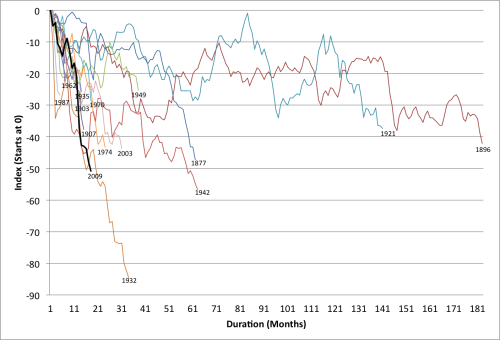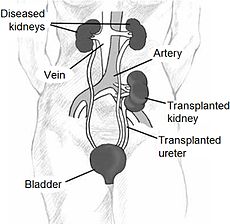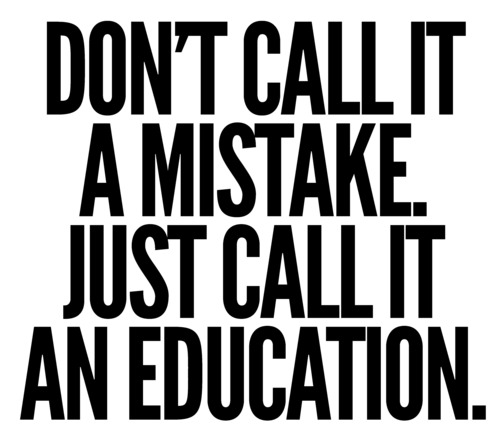Welcome to Learning How to Learn: Powerful mental tools to help you master tough subjects
Learning How to Learn is for you—it’s meant to give you practical insight on how to learn more deeply and with less frustration. The lessons in this course can help you in learning many different subjects and skills. Whether you love language or math, music or physics, psychology or history, you’ll have a lot of fun, and learn a LOT about how to learn!
This is a 4-week course. Learning with others is more fun, so please feel free to share this course and these ideas with your friends and family. We’ve found that learners become so excited about these ideas that they can’t help sharing them with those in their circles—and with new friends made on the discussion forums through this course. Sharing helps build your own abilities! We’ve set up a Facebook page to let people know about the MOOC. Please feel free to go to the page and share if you like it and the course, (and give us a “like”)! We also have a Twitter hashtag on the course, #LH2L1 (for “Learning How to Learn, Session 1”).
SIGN UP: https://class.coursera.org/learning-001
CSInvesting: Wha? Learning how to learn? Wasn’t that what school was for? I know all that! This course will help you as an analyst and investor process new readings and material more efficiently. Whenever you learn a new industry or company, these skills will come in handy. I am taking the course. Even an old dog like me can learn. How about YOU?
An investing blog with humor: http://thefelderreport.com/ (Thanks to a reader!)
History
Bear-Markets-1871-to-date-Duration-and-Magnitude/ from Greenbackd.com
and
and now? ALL IN!
http://www.acting-man.com/?p=32263
R . I. P.















